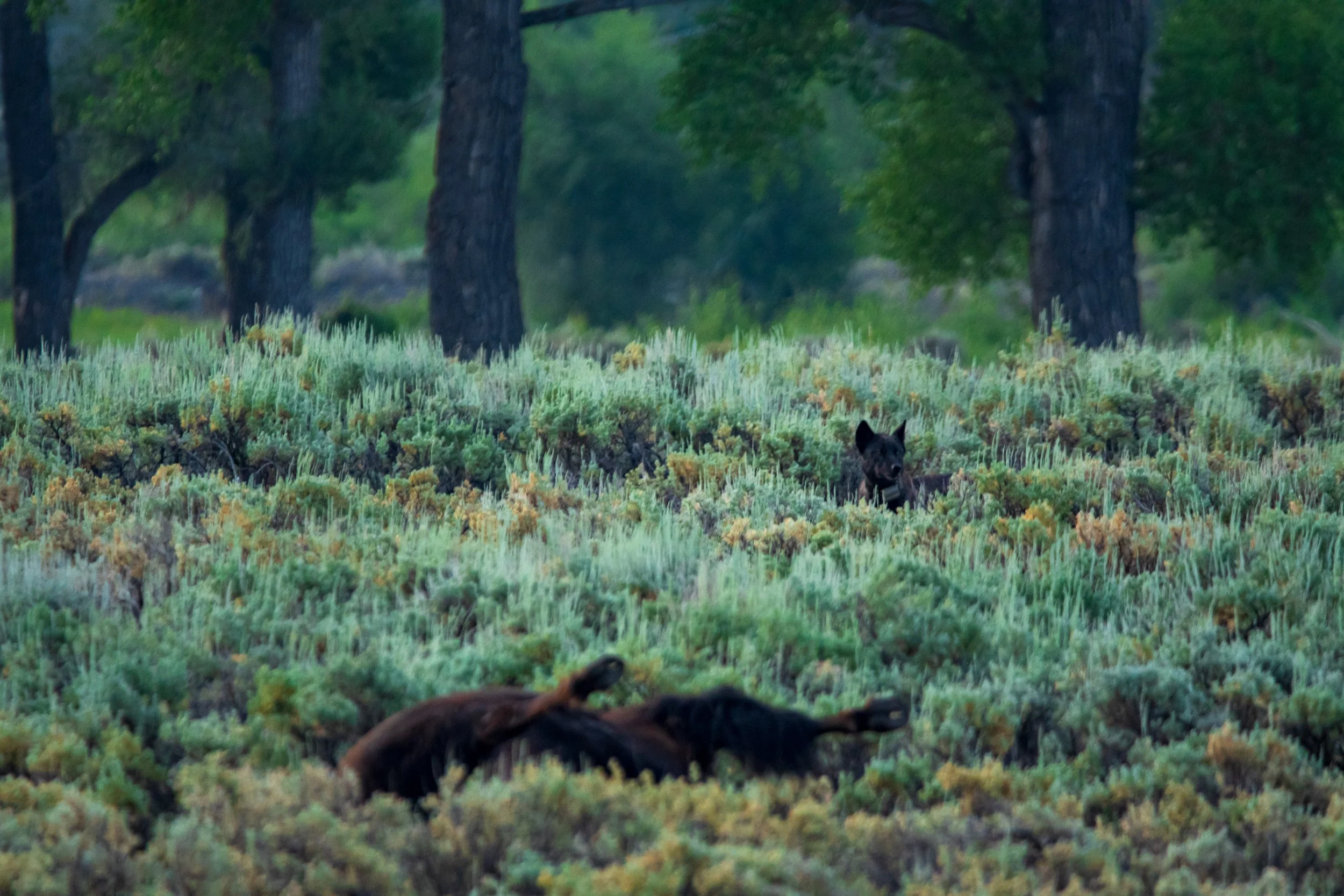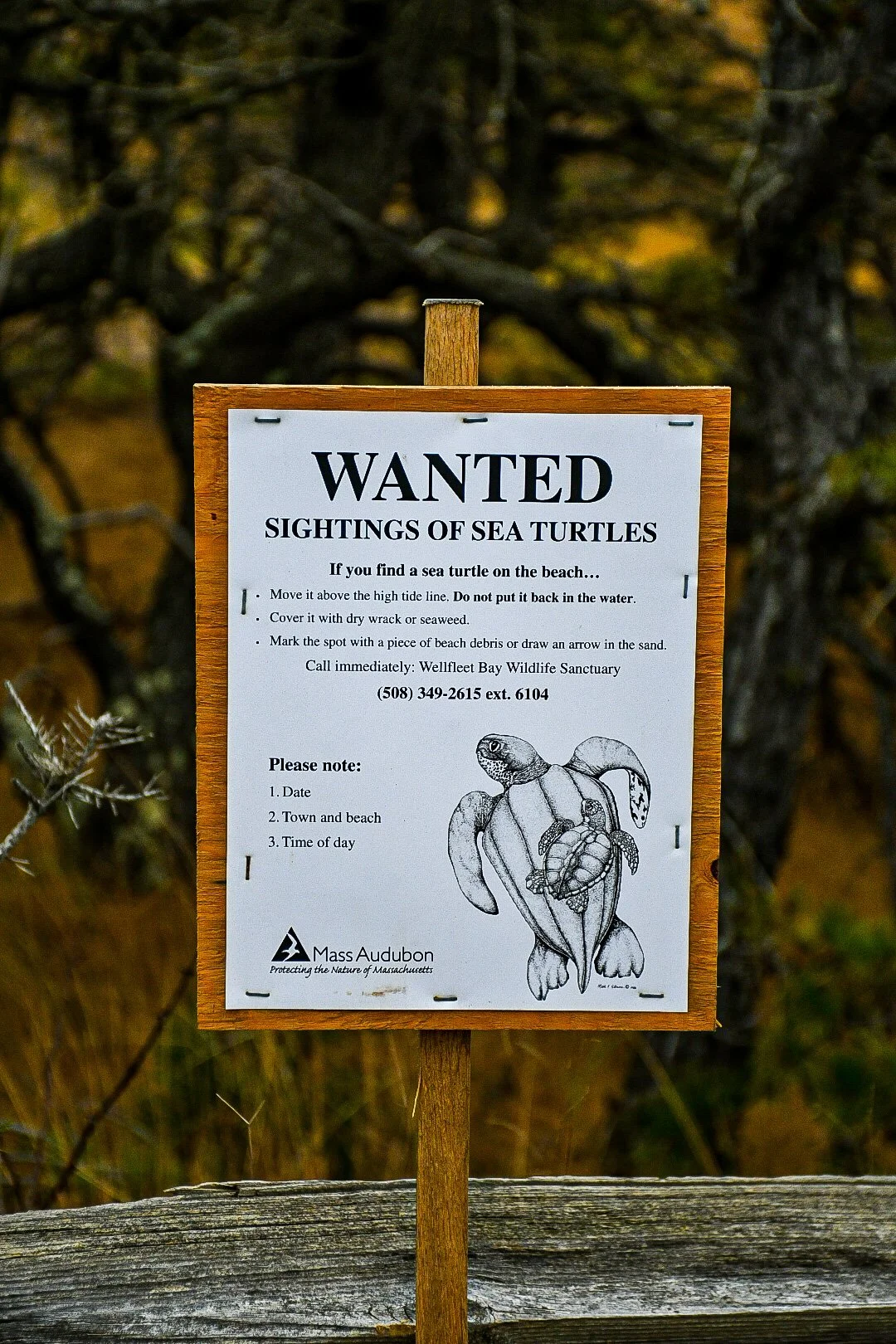Parks 101: How to Stay Out of Trouble
Ah, how fun have the winter months been? I’m sure there are few who relish the brutal cold, windy and dreary winter weather but I am not one of them. That’s not to say there weren’t enjoyable moments, especially here in Portland that I could easily plan on running back. However, there’s a reason we in the recreation industry call this “the busy season.” Spring breaks are coming and going but one amazing thing that is staying would be the warmer, and longer days we are seeing!
It’s exciting, isn’t it!! Just the thought of creating memories in beautiful weather makes me giddy. As we get outside there is an ever-present reminder of the state of our planet and what’s living on it. Although the excitement is grand, it is our responsibility to take care of, and improve, this planet. A part of my job as a guide is being a steward of the forest. After spending ample time in parks, on trails and outside in general, here are some things I’ve learned about how to get the most out of nature, while putting your best into it.
The ABSOLUTE Do Not’s
There are plenty of things not to do in national parks and on public lands. There is a different kind of give and take when you’re out in nature and a respect we must give to it. Not to mention, failure to follow rules in public lands can, a lot of times, be a felony - hefty fines, perhaps jail time, getting arrested in a National Park - none of which I’ve heard is fun.
Do Not Approach Wildlife
While this is said for the safety of the animals themselves, this is said more so for the safety of YOU. This is one of my most “interesting” photos. Yes, this is real and shortly after taking this I yelled out to these visitors and told them they should get back. This was in the middle of Lamar Valley, where the bison roam and there is little area for humans to actually recreate. That same month, I saw a man throwing rocks into a geothermal feature, next to a sign that said “Please, do not throw objects into geysers.”
I’ve seen similar situations in Yellowstone and it’s a tough site to watch because these animals are called wildlife for a reason. Every year in that park alone, there is a new story about a visitor getting mauled by animals as they have gotten too close to try and take the best pictures. As the parks do their best every season to remind people of the dangers around them, these events still occur. It’s in your best interest that you follow the rules, as it could be a matter of your own life and death - and in some situations, the animals’ as well.
Park rangers regularly have to put down animals for a number of reasons: all for the safety of the visitors and most are initiated because of those same people. Some think it’s fun to feed the animals so that they can attract them and get their personal experience. This is bad for the wildlife, as they think of Cheetos as their new hunting pattern, and some can get very aggressive. After failure to store food properly at campgrounds, bears can enter the area overnight and eat human food, forcing rangers to put them down since they become habituated to human activity.
There is a new story is (extremely) poor visitor behavior every year in Yellowstone alone. I challenge you not become famous for these reasons!
Be Prepared!
It is always important to understand that you will be walking into the wilderness when entering national parks. That’s why the National Park Service makes it well known to be prepared for the natural elements of the region you are visiting. It’s why Grand Canyon National Park recommends 4 liters of water everyday to battle the heat, while also telling you to pack an extra layer in the summer! Nps.gov is a perfect place to get a sense of the conditions you’ll be walking into for every season in the parks.
The roads that lie ahead.
Summer is a perfect time to visit national parks. At the peak of the season, all roads and trails around the park are expected to be fully open. There are a few cases where roads/trails may not be open yet or for the season in its entirety. I found Going-To-The-Sun road to be the most spectacular road I’ve ever been on but in 2022 Glacier National Park did not open the entire road until mid/late July because of snow and ice. The best place to check road conditions for parks you’re visiting is to visit nps.gov. The National Park Service cares about the safety of its guests and frequently updates conditions. I have also found their social media to be a great resource, as each park has its own page to keep visitors updated (follow the parks you are looking forward to visiting this summer!).
Bring the Essentials
When discussing visiting a national park, proper gear is of the utmost importance. Different seasons can bring different challenges so you have to be ready for all scenarios. As a guide, here are some of the things I find NECESSARY when traveling through the parks, for both work and personal adventures:
4 Liters of water - I carry just over 3 personally, with an extra in the car upon return.
Lightweight jacket - Cooler air can be found in shadowed areas, high elevations, and more.
First aid kit - A simple one can be purchased at your local REI, Walmart, etc. to be stowed in your backpack for hiking. You never know when you might need even a bandaid.
Food - An array of food should be carried with you. It’s important to carry salty snacks to keep your energy up, as well as protein-packed snacks and a meal when you plan to spend more than 1-2 hours on a hike.
Backpack - Typically anything from 25-50 liters should be adequate for even a long day hike. Something that is large enough to carry your water, food, and other gear comfortably. Most hiking backpacks have great insulation, and you don’t always have to shell out for a solid pack.
Sun Coverage - Exposure is a problem for many unprepared visitors. It gets so hot all over the country in the summer, without shade in some cases like deserts. Whether it’s sunscreen, a good hat, or a sun hoodie, protect yourself from “the glare bear” {Andy Bernard, The Office}.
Something I found extremely important is knowing your ability level! Take frequent breaks when hiking and especially in the sun. You can preserve your energy by drinking more water and replenishing nutrients with snacks as well. And if you’ve never done a big hike like the popular one you want to do, I advise against it as would the NPS. Putting yourself in danger will not only affect you but potential rescue services as well.
Timing is everything!
After a long winter, it is no surprise that people want to get outside. What does that mean? Most trails and viewpoints get quite crowded at the height of the day in a lot of areas throughout the country. You can expect more difficulty parking, taking photos and getting to enjoy nature in all of its glory as the masses do it with you. My favorite hiking is usually during an alpine start. A proper “alpine start” begins before the sun rises. In this, you are beating the heat and beating the people to your trails and sites. Who else loves that? Wildlife, of course!
Getting out early is my top priority in many situations. There are so many benefits and that also means being done early! The same can be said about going out later. I’ve seen popular areas in Yellowstone empty for sunset, as people want to get home before start.
Listen to the Signage!
The best thing about visiting national parks is that they give you a lot of instructions. As mentioned earlier, you can find a lot of that information on their websites and social media but you can find more at the park itself. Many of them even warn you of the dangers you succumb to by not following directions, as well as the dangers on the land and its inhabitants. Don’t be “that guy” - look and listen, folks!
Stay on Trail
While this is a smaller example, I’ve witnessed many far worse cases. Whether it’s flowers they want to view, wildlife in its natural habitat, or a good place to hang out, it is not our home to intrude on. It’s tough to realize in the moment but stepping off trail can hurt the fragile ecosystems that have taken tens or hundreds of years to establish themselves and far longer to recover from a footprint.
Don’t take anything home
Please…there is a time and place to take things from nature and National Parks don’t possess either trait. The main purpose of the National Park Service (NPS) is to preserve the land, so as not to alter it in any way. That being said, taking natural articles is literally a felony. I’ve stopped numerous people from taking things. I can understand the impulse of seeing a really cool rock, or a piece of driftwood that would fit perfectly. You might just think “I’m only taking a couple” and be surprised at how quickly those couple pieces adds up to great loss for the ecosystem.
Speeding
It may seem minuscule in the grand scheme but the posted speed limits are in particular areas for many reasons. Lower speed limits could indicate high pedestrian volume areas, or high wildlife activity areas. On average, both Grand Teton and Yellowstone National Parks see approx. 100 animals killed a year from speeding, respectively.
The parks aren’t a place to feel rushed. Instead, focus on that feeling of being completely encapsulated by nature and think of then teeming life that surrounds you!
Beloved Pups
Dogs can be great travel companions. Rules around dogs in public lands are for everyone’s safety. There has been many instances where dogs affect incidents both positively and negatively. As cute as they are, it’s vitally important to follow rules about Bark Rangers. It also helps to PICK UP AFTER YOUR DOG. You brought them, making it your ~duty~ to be a responsible dog owner.
The value of nature can be symbiotic to society when we truly understand how the positive actions can, in turn, positively impact such environments. A lot of that change won’t be seen by us but that’s just how progress works - for future generations.








